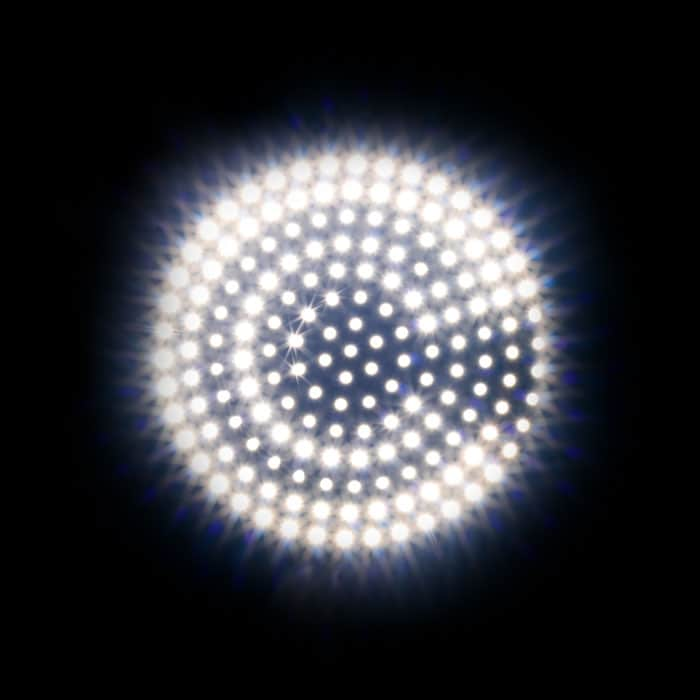Creating an innovation index from patent data has been saved

Analysis
Creating an innovation index from patent data
Tiffany Schleeter explains the methodology behind this approach
Defining and measuring “innovation” can be a slippery task. What are the appropriate measurement metrics to use? How can we source the data? One easily and publically available source is patent data. Deloitte’s creative approach to building quantitative analyses enables us to dig deeper into this data and provides insights that can help us advise businesses and public sector clients on how to drive innovation on their teams.
What inspired you to write about this topic?
Grasping innovation is something that is very important to Deloitte and our clients, but can we really answer the question of how innovative something is? The fundamentally abstract nature of innovation makes fixed measures of innovation difficult to come by. So we wanted to create an accurate and unbiased way to quantify how industries or groups are contributing to technological advancement. Patents are an excellent source of information that could help us tell that story.
Patent data are extremely detailed and longitudinal, and given their high quality, meet our research needs well. Most importantly, there is no underlying bias in patent data, which helps make our results more precise.
How is this approach different or new from others?
Our approach is unique because we simultaneously use information from both the entire dataset of patents, which we call the “patent universe,” as well as a subset to form an estimate of innovation. The subset is the patents pertaining to the industry we are analyzing. Download the PDF to learn about this approach.
Can you describe your process?
Mainly two variables in
To understand where oil and gas innovation stands in relation to the center of the overall patent universe, we created a partial patent knowledge network from our subset of oil and gas patents. When displayed, it is represented by a web of points connected to each other by lines. We then compared each technology in the oil and gas patent network to the other technologies in the overall network. We determined whether oil and gas contributions were more or less central to innovation in the patent universe. This allowed us to iterate through hundreds of categories in a fair and consistent manner over time.
How can this methodology be applied to other research?
In our paper, Patenting innovation in oil and gas, we applied network theory analysis to get to our findings because it visually displayed interrelated connections between variables to show their sequential relationships and interdependencies. This made a very complex and diverse set of data much easier to interpret and see connections. The subset of patents we use to calculate the innovation index is completely customizable. We can decide if we want to look into a short list of classifications, assignees, or patents. We used a subset of patents created from a list of representative oil and gas companies and their subsidiaries. A patent assignee is the intellectual property owner; often, these are corporations that are associated with a specific industry. So we made a table only of patents assigned to oil and gas companies and applied our technique to it. That same approach can be used across many different industries.
What challenges did you face?
The patent data have their limitations. Clearly, the dataset does not include non-patentable inventions. Also, the process of granting patents is lengthy, which means we have information about when the patent was granted, which can be a long while after the initial invention of the technology.
Download the PDF: Creating an innovation index from patent data
About Research & Eminence
Deloitte’s Research & Eminence group works collaboratively with Deloitte’s client service professionals to complement their business experience with research skills, delivering novel insights through our thought leadership. Our group consists of experts in surveys, library science, writing, analytics, statistics, programming, editing, graphics design, and subject matter experts in every industry sector.
The purpose of this series is to showcase some of the more innovative research methodologies we employ to underpin our evidence-based thought leadership. In addition, we’ll shed some light on the many professionals contributing to our publications with their specialized skills.



